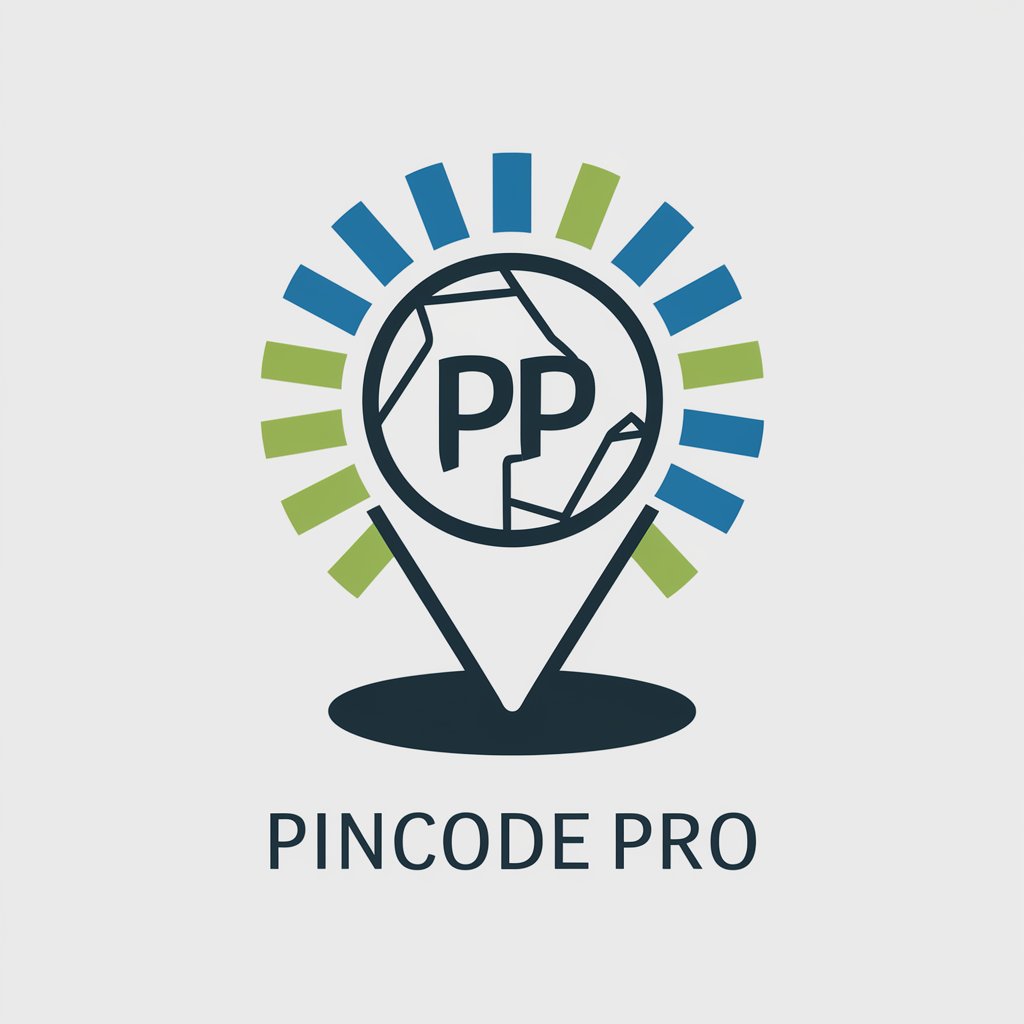Agile Manifesto - Agile Guidance

Welcome! Let's enhance your Agile practices.
Empowering Agile Journeys with AI
Describe the size of your Agile team.
What are the main roles and responsibilities in your team?
How long is each iteration in your Agile process?
What regular activities and meetings are scheduled in your Agile process?
Get Embed Code
Understanding the Agile Manifesto
The Agile Manifesto, introduced in 2001 by a group of software developers, outlines a revolutionary approach to software development. It emphasizes individuals and interactions over processes and tools, working software over comprehensive documentation, customer collaboration over contract negotiation, and responding to change over following a plan. This set of values and principles was designed to improve the software development process, making it more flexible, efficient, and attuned to the needs of the customer. An example of its application is in the development of a new software application where a team opts to use iterative development, working in short sprints to quickly adapt to changing requirements, rather than sticking rigidly to a set plan laid out at the project's start. Powered by ChatGPT-4o。

Core Functions of the Agile Manifesto
Emphasize customer satisfaction through early and continuous delivery of valuable software
Example
A tech startup regularly releases updates to its app, incorporating user feedback to rapidly adjust features according to customer needs.
Scenario
In a dynamic market where user preferences evolve quickly, the startup's agile approach enables it to stay ahead of competitors by quickly adapting its product.
Welcome changing requirements, even late in development
Example
A software team incorporates new regulatory requirements into their project two weeks before launch without derailing the project timeline.
Scenario
Despite the late-stage changes, the team's agile practices allow them to integrate the new requirements efficiently, ensuring compliance and avoiding delays.
Deliver working software frequently
Example
A development team adopts a two-week sprint cycle, at the end of which they produce a potentially shippable product increment.
Scenario
This regular rhythm of delivery ensures continuous progress and allows the team to gather and implement feedback quickly, enhancing the software's relevance and quality.
Business people and developers must work together daily
Example
A project team includes a client representative as an integral part of the team, ensuring constant communication and alignment on business objectives.
Scenario
This close collaboration ensures that the development work is always closely aligned with the business's needs, reducing the risk of misalignment and wasted effort.
Build projects around motivated individuals
Example
A company empowers its development team by providing autonomy in how they meet project goals, backed by supportive leadership and the necessary tools.
Scenario
With the autonomy to approach their work creatively, the team is more engaged and productive, leading to innovative solutions and a high-quality product.
Who Benefits from the Agile Manifesto
Software Development Teams
Teams looking for a flexible, adaptive framework to manage complex projects efficiently. Agile practices help these teams respond to change quickly, prioritize customer needs, and foster a collaborative working environment.
Startups and Technology Innovators
Startups and companies driving technology innovation benefit from Agile's iterative approach, allowing them to pivot and adapt their products rapidly in response to market feedback and emerging trends.
Project Managers and Product Owners
Individuals responsible for delivering successful projects can leverage Agile methodologies to maintain alignment with business goals, manage risk effectively, and ensure stakeholder satisfaction through continuous delivery of value.
Business Stakeholders and Clients
Clients and stakeholders who prioritize flexibility, speed to market, and product quality will find Agile practices beneficial for staying involved in the development process and ensuring the final product meets their needs.

Utilizing the Agile Manifesto for Effective Project Management
Start Your Journey
Begin by exploring resources online for a comprehensive understanding without the necessity for account creation or premium subscriptions.
Understand Core Values
Familiarize yourself with the four fundamental values of the Agile Manifesto, prioritizing individuals, working software, customer collaboration, and adaptability to change.
Embrace the Principles
Digest the twelve principles behind the Agile Manifesto, which guide the practical application of Agile methodologies in software development.
Implement in Projects
Apply the values and principles to your projects, adapting Agile practices such as Scrum or Kanban based on the team's needs and project requirements.
Continuous Improvement
Regularly reflect on and adjust your approach based on feedback and retrospectives to continuously improve processes and deliver value more efficiently.
Try other advanced and practical GPTs
✈️ Ultimate Travel Planner (5.0⭐)
Your AI-Powered Journey Navigator

Pincode Pro
Effortlessly connecting dots on the map with AI

Prompt Guesser
Guess the prompt, hone your creativity.

CleanLabel Detective - Food and Cosmetic Analyzer
Empowering safer product choices with AI

STAYbot
Your AI-powered Stray Kids Companion

飯テロメーカー
Feast Your Eyes, Stir Your Appetite

SassyChat
Unleash wit with AI-powered sass

LoL Coach - Strategic Advisor
Elevate Your Game with AI-Powered Insights

Prompt Optimizer
Refine Your AI Conversations

Biblical Insight Tool
Unlocking Scripture with AI

AI Idea generator
Innovate and Inspire with AI-Powered Ideas

Faithful Union
Integrating Faith in Life's Milestones

Frequently Asked Questions about the Agile Manifesto
What is the Agile Manifesto?
The Agile Manifesto is a declaration of four fundamental values and twelve supporting principles that guide agile software development methodologies, promoting flexibility, collaboration, and customer satisfaction.
Why was the Agile Manifesto created?
It was created to address the limitations of traditional software development methodologies by emphasizing a more flexible, adaptive approach focused on direct communication, customer collaboration, and responsiveness to change.
How can the Agile Manifesto be applied in non-software projects?
The principles of the Agile Manifesto, such as collaboration, iterative progress, and adaptability, can be applied to various project types by focusing on delivering value and responding to feedback.
What are the key differences between Agile and traditional project management?
Agile emphasizes iterative development, customer collaboration, and flexibility, whereas traditional project management often follows a linear, plan-driven approach with less frequent changes and adaptations.
How do Agile practices improve software development?
Agile practices improve software development by fostering a culture of communication, continuous delivery, customer feedback, and rapid adaptation to change, leading to higher quality products and customer satisfaction.
